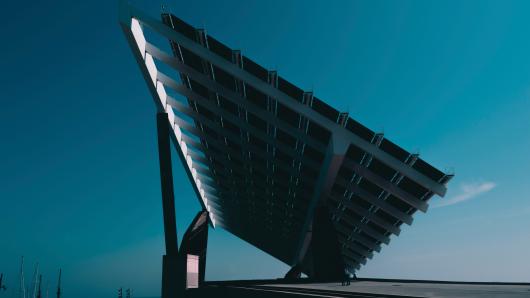Zero Energy and Passive Buildings

Associated Schools



Zero energy buildings, also known as net zero energy buildings, are buildings (or a community of buildings) which produce with on-site renewables the same, or more, amount of energy as they consume on an annual basis. Typically, a zero energy building consists of a highly efficient building with a rooftop, or site-mounted, photovoltaic system. Increasingly, designers are turning to passive building strategies to deliver highly efficient buildings for their zero energy projects. Zero energy and passive strategies are very scalable from single family homes, to large commercial buildings, to districts or communities of buildings. Once the realm of the most ambitious building owners willing to take significant financial and design risks, now zero energy and passive buildings cost the same as conventional construction. In the next few decades, it is possible that a large portion of new and retrofit construction could be zero energy or passive, either by code or by economics. This course provides a comprehensive exploration of zero energy and passive buildings, including building energy dynamics, renewable system fundamentals, energy economics, passive architecture, energy budgets, site and source energy, policy, codes, financing, and incentive structures. We explore the state of practice and state of art in zero energy and passive design for both residential scale and commercial/institutional scale. Case studies are used to demonstrate feasibility, key concepts, and lessons learned. The course also explores the benefits and challenges that zero energy imposes on the energy grid, as well as the value zero energy and passive building can have in advancing security, resilience, and survivability.